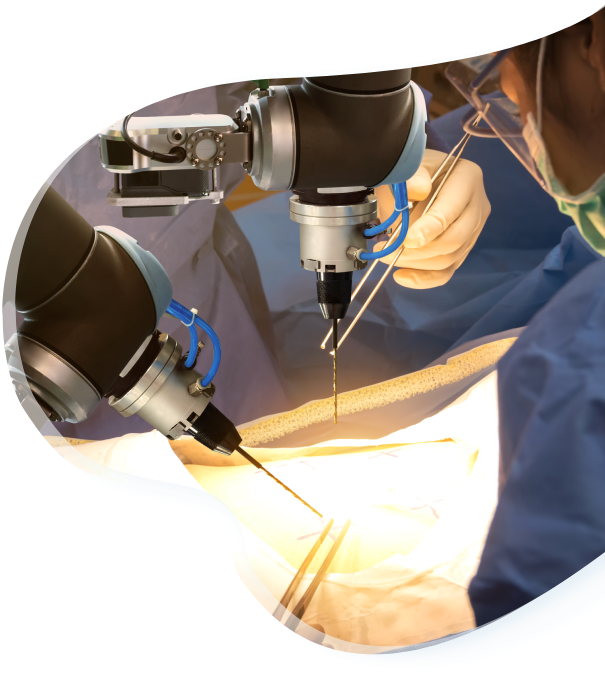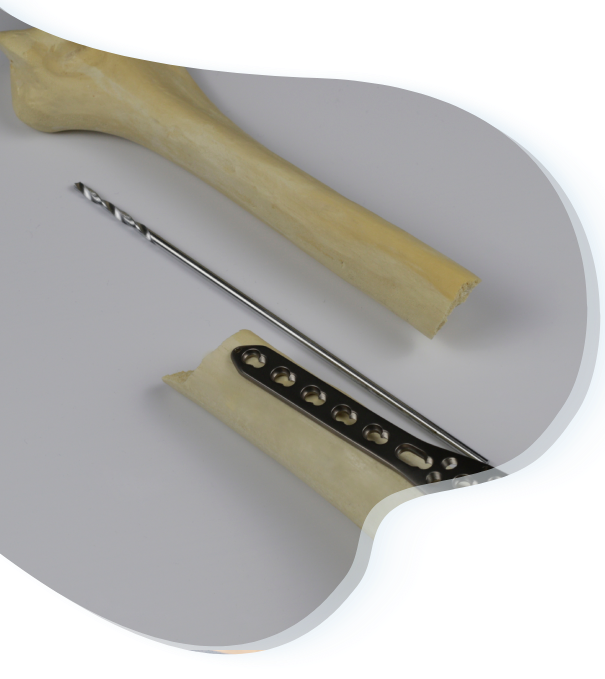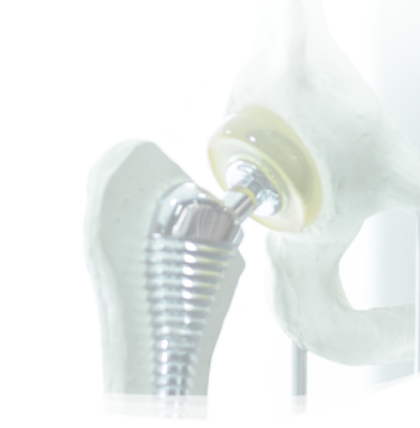Understanding Robotic Assisted Hip Replacement
Robotic assisted hip replacement is an innovative surgical approach that involves the use of robotic systems to aid and enhance the precision of hip joint replacement surgery. The technology provides real-time, 3D imaging and assistance to the surgeon, allowing for precise planning and execution of the procedure.

Advantages of Robotic Assisted Hip Replacement
- Enhanced Precision: Robotic assistance enables precise planning and execution of the surgery, leading to optimal alignment and positioning of the hip implant.
- Customized Approach: The technology allows for a personalized surgical plan based on the patient's unique anatomy, ensuring a tailored approach for each individual.
- Minimized Trauma: Robotic systems aid in minimizing tissue damage, resulting in less trauma during the surgical procedure.
- Faster Recovery: Patients often experience a quicker recovery and rehabilitation period due to the precision and minimally invasive nature of the procedure.
- Improved Implant Longevity: Accurate placement of the hip implant can lead to reduced wear and tear, potentially increasing the lifespan of the artificial hip joint.

How Robotic Assisted Hip Replacement Works
Preoperative
Planning
Before the surgery, detailed imaging, such as a CT scan or MRI, is taken to create a 3D model of the hip joint. Surgeons use this model to plan the surgery and determine the optimal implant size and placement.
Virtual
Simulation
The surgeon utilizes specialized software to simulate the surgery virtually, allowing for precise planning of bone resection and implant placement.
Intraoperative
Assistance
During the surgery, the robotic system provides real-time feedback to the surgeon, assisting in executing the preoperative plan accurately.
Surgeon's
Expertise
The surgeon remains in control throughout the procedure, with the robotic system acting as a guide, enhancing their surgical skills and decision-making.
Recovery and Rehabilitation
- Immediate Post-op: Patients are closely monitored in the recovery area, and pain management techniques are employed to ensure comfort.
- Hospital Stay: The hospital stay is typically a few days, depending on individual progress and the surgeon's recommendations.
- Physical Therapy: Physical therapy begins shortly after surgery to improve strength, flexibility, and mobility of the hip. This is crucial for a successful recovery.
- Follow-up Care: Regular follow-up appointments with the surgeon are essential to monitor progress, address concerns, and adjust the rehabilitation plan as needed.

Is Robotic Assisted Hip
Replacement Right for You?
The decision to undergo robotic assisted hip replacement is a significant one that should be made in consultation with your orthopedic surgeon. Factors such as your hip condition, overall health, and suitability for this technology will be considered to determine if this technique is the best fit for you.
If you're suffering from hip pain and seeking a precise and technologically advanced solution, consult with a qualified orthopedic surgeon to explore your options and decide on the most appropriate treatment plan.
Contact Us Now
Business Hours
- Monday: 9:00 AM – 6:00 PM
- Tuesday: 9:00 AM – 6:00 PM
- Wednesday: 9:00 AM – 6:00 PM
- Thursday: 9:00 AM – 6:00 PM
- Friday: 9:00 AM – 6:00 PM
- Saturday: Open Selected Saturdays
- Sunday: Closed



